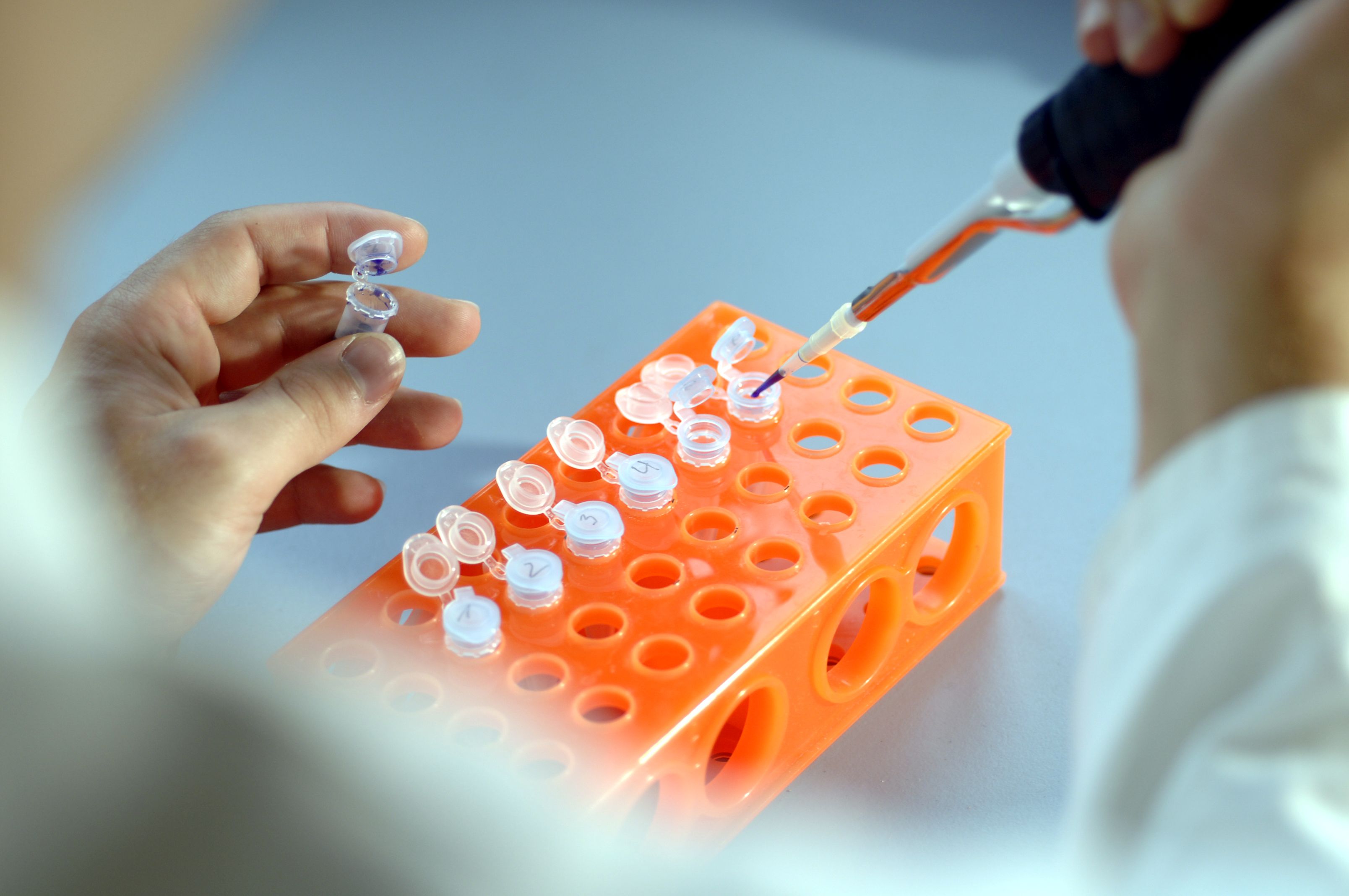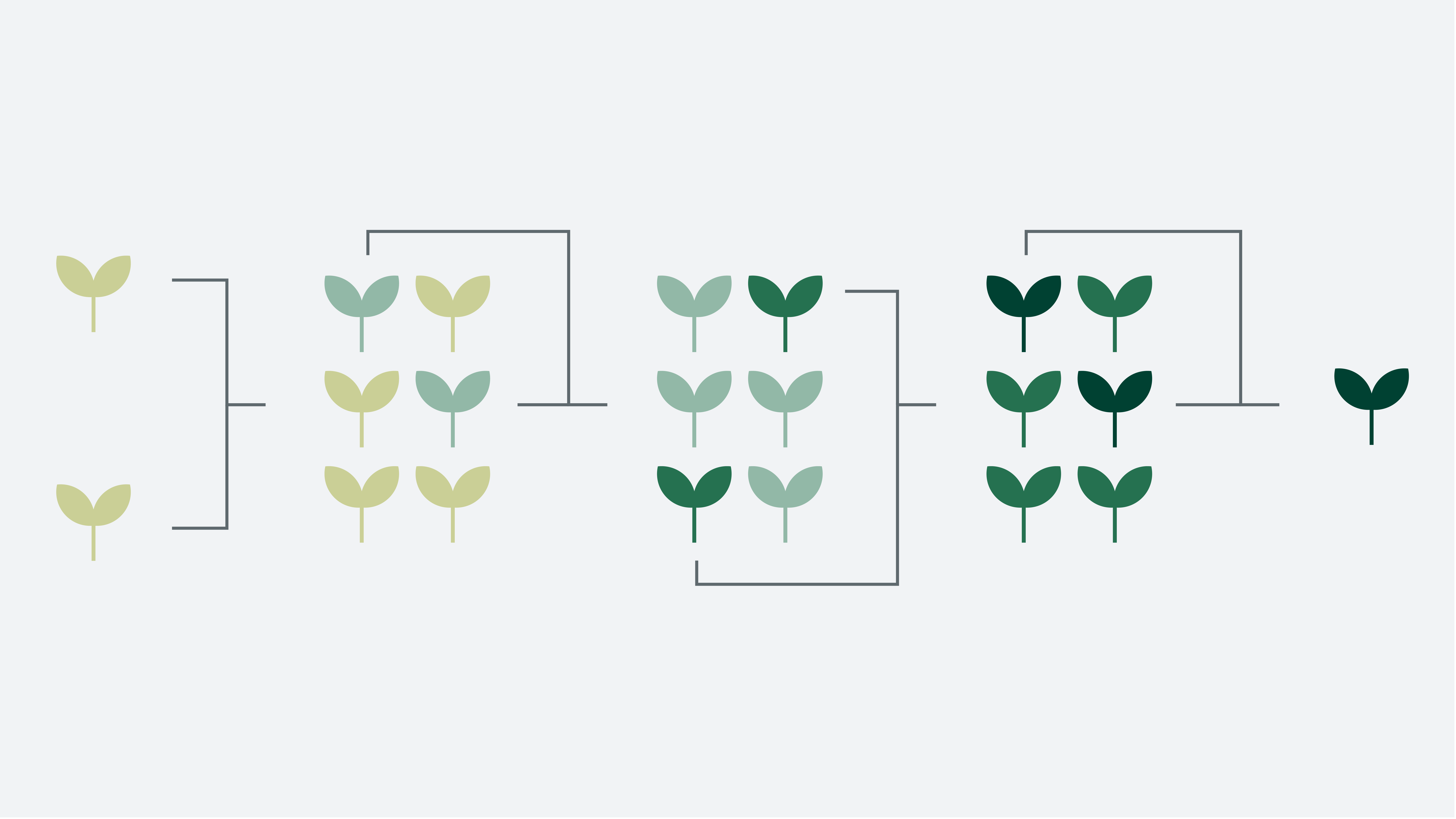Line breeding
Overview
In short
Here researchers cross two parent lines whose desired properties complement each other as much as possible. From the offspring, homozygotic plant lines are developed, which are called line-bred varieties.
Advantages
Line-bred varieties are very homogeneous and the offspring of the plants are genetically stable.
Disadvantages
Time-consuming: Several cycles/generations must be cross-bred and bred through self-fertilization before the desired result is achieved.
Development
Self-pollinated varieties in traditional agriculture, called landraces, consist of a variety of line mixtures. Line-bred varieties have, somewhat, developed from them.
Application at KWS
Barley and wheat breeding

